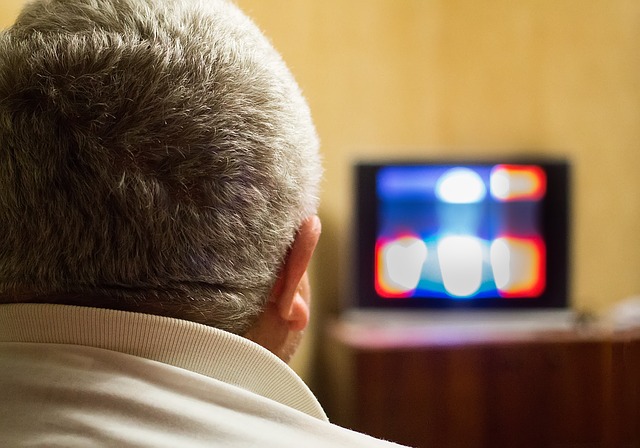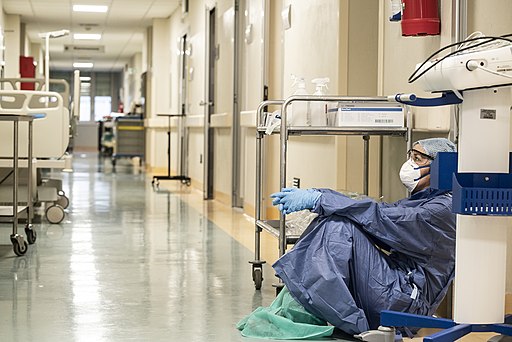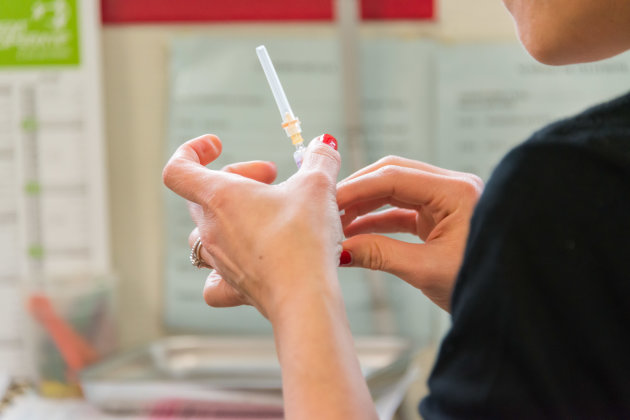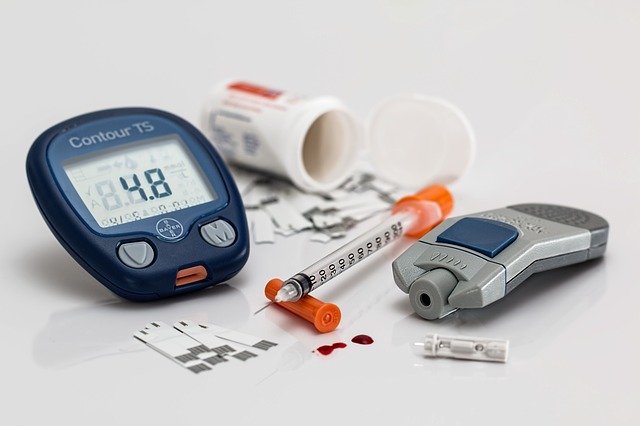According to a recent study, 5,500 Americans die annually from the phenomenon known as the heat wave, which arrives earlier, stronger and more lethal every year. This killer brought on by climate change will not go away, so it is up to all of us to protect ourselves and help the planet to stop the almost inevitable.
This was pointed out by Dr. Kristie L. EbiThe study, a professor at the University of Washington's Center for Health and the Global Environment, said, "Higher temperatures kill. But almost all of those deaths are preventable.
During a press conference organized by Ethnic Media ServicesThe specialist added that thanks to climate science, we know that heat waves are increasing in frequency, intensity and duration.
So "the concern for the future is that as temperatures continue to rise, mortality will increase during the summer".
Measures such as reducing core body temperature, early warning systems for heat waves that are installed in many communities should be reinforced, as the latter, he said, save lives.
In addition, he said, it's important to keep an eye on people nearby and make sure they are hydrated and in an environment where there is good air circulation.
"During a heat wave, if we continue on the current path, mortality will increase significantly. This depends not only on temperature, but also on our development choices, investments in green roofs, and thinking about planning cities to have more air circulation," he said.
This uncontrollable heat has also brought factors such as equity and environmental justice to the table.
In the U.S., social exclusion has had a significant impact in terms of heat in certain areas like Phoenix, Abi said, where they've done a lot of work looking at which areas are the hottest.
Such observations have recorded that in areas where poor and marginalized people live, there are fewer trees and less air flow, so the structure of those particular urban environments tends to be hotter. "There is an opportunity to reduce the heat and to ensure that we care about environmental justice.
"In the short term, everyone needs greater awareness and understanding that heat is a killer, but it's especially true for poor and marginalized communities."
Why can a heat wave kill?
Our bodies function within a fairly narrow temperature range, and when it's hot, our core body temperature rises, and the strain on our heart and other organs intensifies, the specialist explained.
"When there is a heat wave mortality starts within 24 hours. So the heat builds up in our body damaging the basic functioning of systems and organs. We start to have heat stress, move into heat stroke and we can die, in some cases because we have underlying heart disease and the strain on our heart was already high which leads to a heart attack".
Even, he said, babies can be born prematurely because of the high temperatures in the environment.
California, the coming hell
The west of the country has become especially hot. Increasing drought is developing especially in the southwestern states: Arizona, New Mexico, Nevada, Utah, Colorado, and California, in the latter the problem is extremely severe.
This is what he said Daniel SwainThe state's climate scientist at the Institute for Environment and Sustainability at the University of California, Los Angeles (UCLA), added that what is currently happening in the state is of major proportions.
"This is not your run-of-the-mill drought, but a historically high-level drought. In fact, we are currently on track to exceed the severity of the last major drought, which occurred around 2013 to 2016. And by many metrics it was the worst on record," he stressed.
As such, he explained, the drought is likely to intensify considerably in the coming months in California, which will be serious from a human, agricultural and environmental perspective.
And is that, he said that June is the beginning of a long dry period that usually lasts from late May until at least September, and in many years until October or even November, "so we have at least several more months of very dry conditions to come and based on what we are seeing now, in conditions probably much warmer than average to come".
He added that the drought is not just a matter of low rainfall, but, increasingly, it is also due to unusually warm temperatures.
"Obviously you need a certain amount of water falling from the sky in the form of rain or snow. It's also a question of how much water evaporates back into the atmosphere, so it's a water balance perspective, and if the outflows exceed the inflows it's another way to go into a drought, or intensify a pre-existing drought. And that's actually exactly what we've been seeing in California recently," he said.
The climate is significantly warmer than it was even a few decades ago.
"The several degrees of warming we've seen over land in California significantly influences the frequency and severity of heat waves. The severity of those droughts are also occurring because the rate of evaporation in the atmosphere is increasing, even in places where precipitation has not decreased, so ultimately there is less water available on the landscape."
This, he said, means that soils become drier and so does vegetation: plants require more water that is less available.
"Vegetation, it's not just the forest, but also grasslands that become more flammable and fires that burn more intensely, are more difficult to control and are more likely to threaten people and ecosystems."
While the issue of climate change has begun to be taken seriously, he said, "the challenge is that we are still not doing what we should be doing to solve the problem. So, while I'm optimistic that we'll get there, in the meantime, there could be three big problems emerging or already starting."
The high price of climate change
To Aradhna TripatiAccording to the UCLA associate professor at the Institute for Environment and Sustainability, the high price of climate change has already begun to be paid in the loss of loved ones in natural disasters such as hurricanes, floods and fires.
"There were people who had to leave communities in different parts of the world because of the impacts of climate change. So we are already experiencing that. And the people who are affected will carry the scars of that for the rest of their lives," he said.
He added that when it comes to addressing climate change, what we see in climate models is that the problems are going to be more severe.
In that sense, he noted that from COVID-19 onwards, whatever inequities exist will interact with other inequities in a way that will be particularly devastating to low-income communities and communities of color.
"We have to work to address and mitigate climate change in an equitable way, so that we don't perfect the events that happen and perpetuate inequalities for us and for future generations in ways that are really devastating."
She argued that "when it comes to climate change, there are no effective solutions unless equity is included from the beginning. We have to have solutions that are built from the grassroots, from the community up.
In this regard, he explained that if communities are to be protected from environmental and climate catastrophes, it is necessary to emphasize transitions, to disseminate accurate information to community members, and to focus on them in building solutions and making decisions.
"We know that our nation is becoming a country of color, we have great ethnic and linguistic diversity, but if we want to allow communities of color to participate in climate change policy, we simply have to do it in multiple languages and look at who has power and control over decision-making."
He recalled that most communities of color live surrounded by asphalt and concrete, while Caucasian communities have far more green space, and therefore, more shade. "So parks are not just a social justice issue, but they involve our climate justice."
Native peoples are also highly affected by this issue, although they are the ones who know best the solutions for land management and how to help mitigate climate impacts.
"We have to build equity in from the beginning if we want these policies to be implemented in a way that does not exacerbate existing inequalities. That means in particular that we must share power in the spaces in which policies are developed".
You may be interested in: California braces for a climate "apocalypse"












